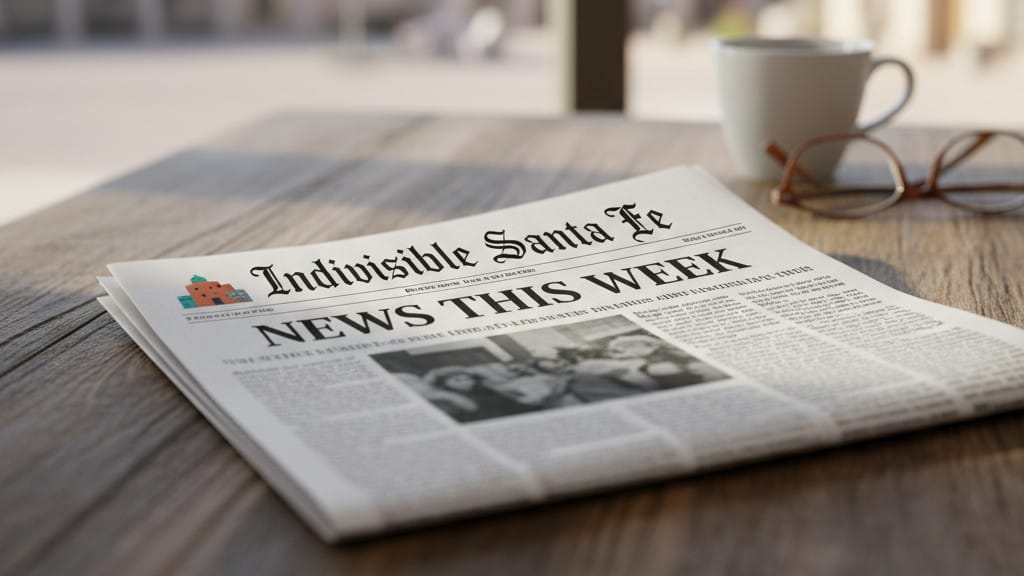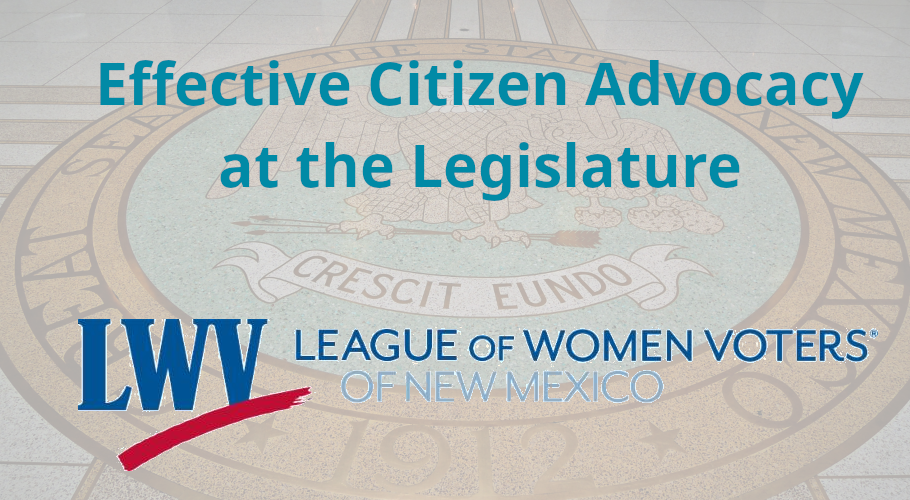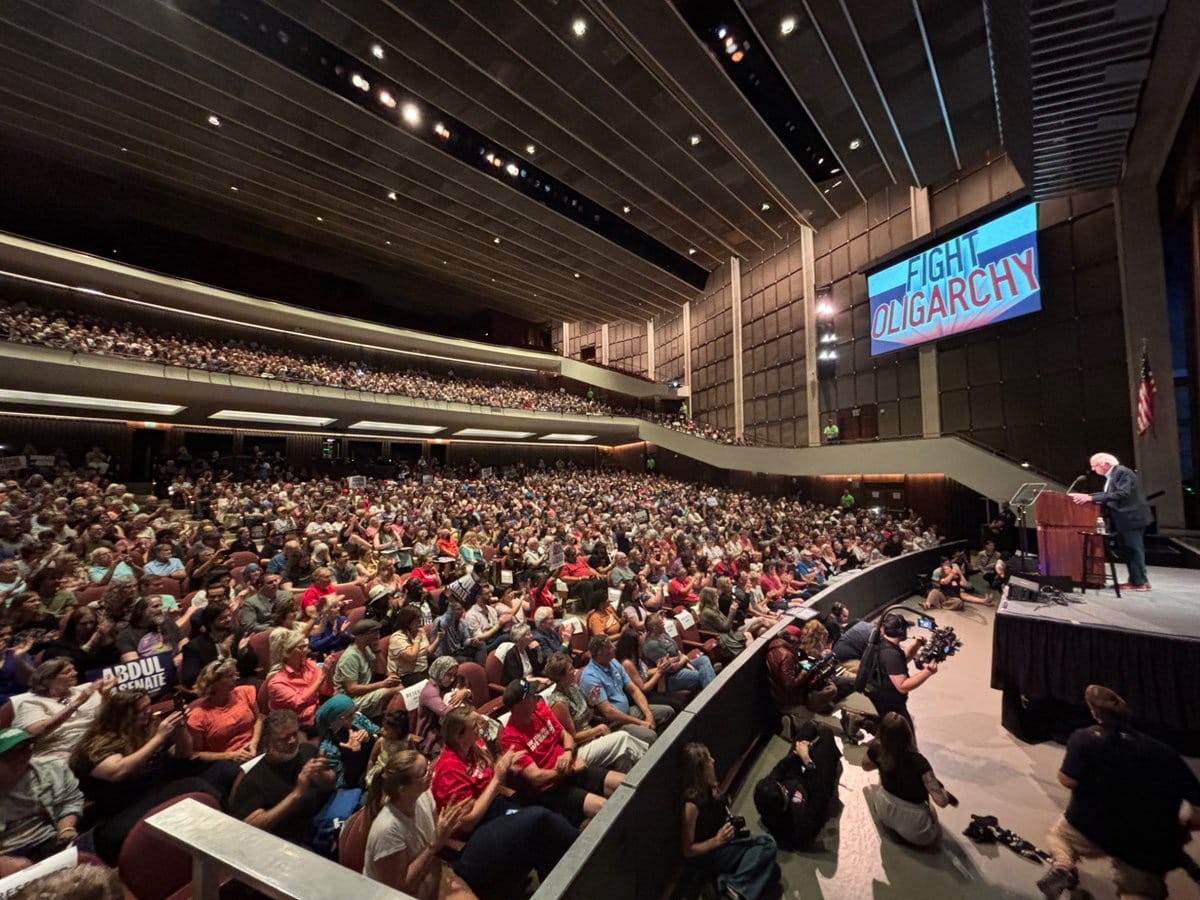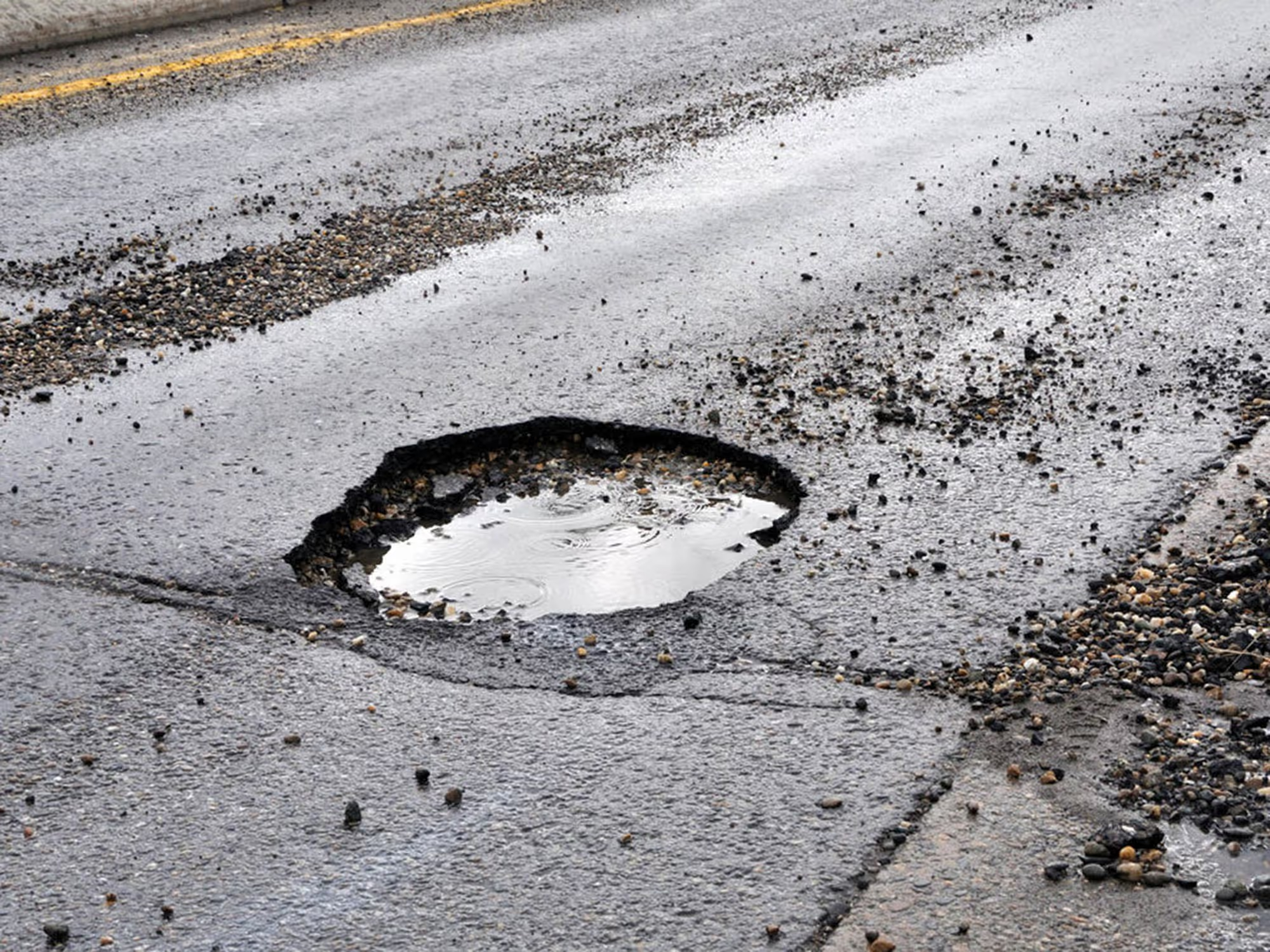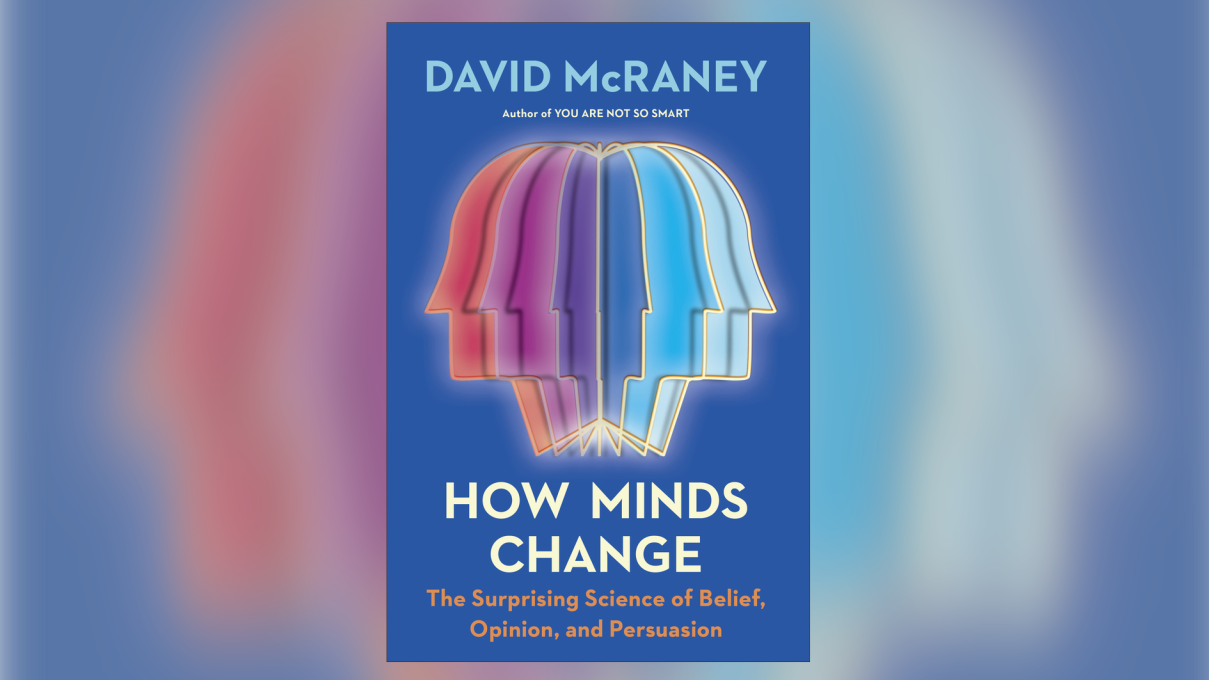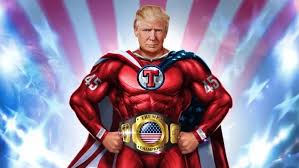by Dave Bazell
Prior to moving to Santa Fe in the fall of 2022, I had never done much gardening and I had not thought that much about nonviolence. Mentioning gardening would probably invoke thoughts of my father, an avid cactus and succulent collector and California native plant obsessive. If someone mentioned nonviolence to me, my first thoughts would be of Gandhi and Martin Luther King Jr. And, until I was writing this, I don’t think I ever connected Gandhi, King, and my father in any significant way.
Over the past six months or so, I have been reading a lot about nonviolence. I have been thinking about it and talking with others about it. A year ago I completed the Santa Fe Extension Master Gardener course and, more recently, became certified by the Santa Fe Native Plant Project. While these endeavors were originally unrelated, I am now seeing an important and deep connection that I want to nurture.
I used to think of nonviolence simplistically, in a way that was shaped by my vague understanding of the Civil Rights Movement from when I was a child. There were lots of people marching and protesting in different ways. There was violence, but the protestors didn’t respond violently. They chose to be nonviolent. There were other struggles I saw that used nonviolence, like the Farm Workers Movement and parts of the antiwar movement. Of course there were many others, but I didn’t give them too much thought at the time, as sympathetic as I was. And I certainly didn’t think of nonviolence as a world view, a way of life.
Today, I am beginning to see things differently. I have come to understand that there is a global movement for nonviolence. It’s goal is to make a better world for everyone; to educate people about alternative ways of living, of interacting, of growing; to show that nonviolence can be as successful, or more successful than violence in managing conflict. And there are many people who believe in living a nonviolent life, not just movement leaders and religious figures, but people like you and me.
Nonviolence is also a strategy and a set of tactics: a bridge to the vision we want to achieve and a set of methods to get there. It involves pulling people together rather than dividing and differentiating them. As a protest strategy, it also helps keep people safe. And it is a way to tell the opposition that they are doing the wrong thing, but it does so without threatening individuals and with a hand offered that asks them to join us.
While we often think of nonviolence toward other people, there is also nonviolence toward oneself and toward the environment and the Earth. This is were gardening comes in. I see gardening, growing things and enjoying them, as nonviolence toward myself, nonviolence toward the Earth, and an offer of nonviolence to other people. Gardening is a calm, fulfilling activity that reminds me of my agency, of my ability to do something that is good. Watching plants grow, I know that they are helping the environment. They are sources of food for pollinators like bees and wasps and flies. They support caterpillars, butterflies, and moths. Even some bats use these flowers.
I am especially interested in native plants and pollinator habitat. These are plants that grow easily in our environment and help the pollinators that are essential for most plants on Earth and for most of the vegetables and fruits we eat. In addition, growing native plants helps restore the local habitat for plants and animals, helps enrich the soil with important nutrients and microorganisms, and increases the ability of the soil to absorb and store water that otherwise might run off into an arroyo. Of course, plants also take carbon from the air and store it in the ground.
So many things in our lives are under violent attack right now. People are being pulled off the streets by masked military and thrown in jail without due processes. Institutions that we all depend upon are being dismantled and the people that have been working in them are being fired with little possible recourse. Agreements our government has made with people in the U.S. and abroad are being torn up and thrown out, endangering the lives of individuals and the health of our planet.
While it may seem like a small thing, nonviolent self-care is essential to our ability to fight back, to not be discouraged, to rise up and demonstrate that we can improve the world in spite of all that is happening. Spending time helping enrich the land, making things more beautiful, taking steps toward improving the environment and slowing climate change, these are all things that we can do today, right now, to demonstrate that a nonviolent approach to living is feasible and desirable.
For me, perhaps the most important part of this is the effort to change the narrative, to provide a different story for people to hear and think about. By writing this I am trying to encourage people to think differently about things they do or want to do. Viewing even small activities as a part of a nonviolent life is important for expanding people’s concept of what is possible. I view sharing these things with other people, by talking about them or showing them what I have created, as little acts of nonviolence toward others. And using the word “nonviolent” is important to expanding our understanding of what we are doing and how it is an alternative to the destruction and division that some groups and individuals are trying to impose upon us.
By viewing our everyday actions as part of a nonviolent approach to life, we are saying to the destructive forces in the world, “Look at what we can do. Look at what we are doing. Please come join us.”



